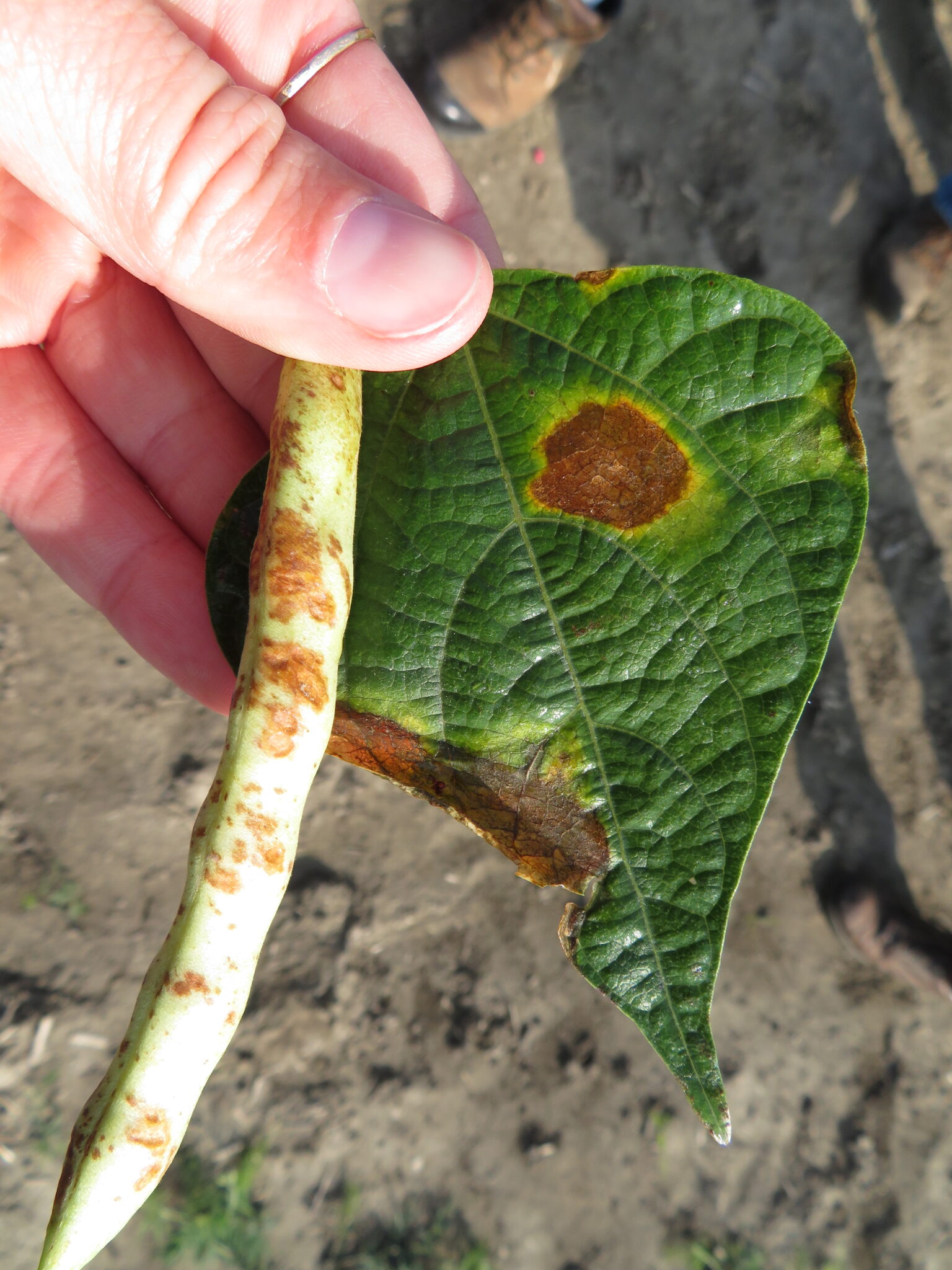
Thrips Thrips are quite common when growing beans at home. Hence, make sure to spray your plants with need oil to keep away pod bugs as best as possible. Pod Bugs Pod bugs try to infest bean pods and can therefore adversely affect the yield of your plants. Thus, make sure to keep them away by using stinging nettle liquid or sodium bicarbonate. Pod Borers Pod borers can destroy the yields of your plants. Pollen Beetles You can keep away pollen beetles from bean plants by spraying neem oil onto the leaves of your plants. They can be quite harmful to your plants and you should therefore get rid of flea beetles by spraying neem oil or stinging nettle liquid onto the leaves of infested plants. Flea Beetles Flea beetles are common intruders when it comes to growing beans at home.
#BEAN BACTERIAL BLIGHT HOW TO#
Make sure to get more information on how to get rid of maggots. Apply the copper spray in the early growing season, every seven to ten days to reduce the number of pathogens.Pest Solution Maggots Maggots can destroy the roots of your plants. Also, avoid irrigation via sprinklers which can spread the disease.Ī copper based bactericide may reduce infection of bacterial blight and bacterial wilt in bean plants but it will not eradicate it.


Pods may also have evidence of infection and seeds may become discolored.

Irregular lesions also appear on the leaves and eventually drop off. Young seedlings wilt as well as the leaves of older plants. It infects the vascular system of the beans, impeding water movement. Hot, dry weather is often enough to trigger an explosion in the growth of the bacteria. The first symptoms of bacterial wilt in beans appear in the leaves.

The bacterium affects many types of beans including: Both bacterial wilt and bacterial blight in bean plants are fostered by moderate to warm temps, moisture, and plant wounds both during and post-flowering. Bacterial Wilt in Beansīacterial wilt of dry beans is caused by Curtobacterium flaccumfaciens pv. Are there any bacterial wilt treatments or, at the very least, is there any method for control of bacterial wilt? Let’s find out more. Bacterial wilt or blight in bean plants is one such disease. However, beans are susceptible to a number of diseases. Under ideal conditions, beans are an easy, prolific crop for the home gardener.


 0 kommentar(er)
0 kommentar(er)
